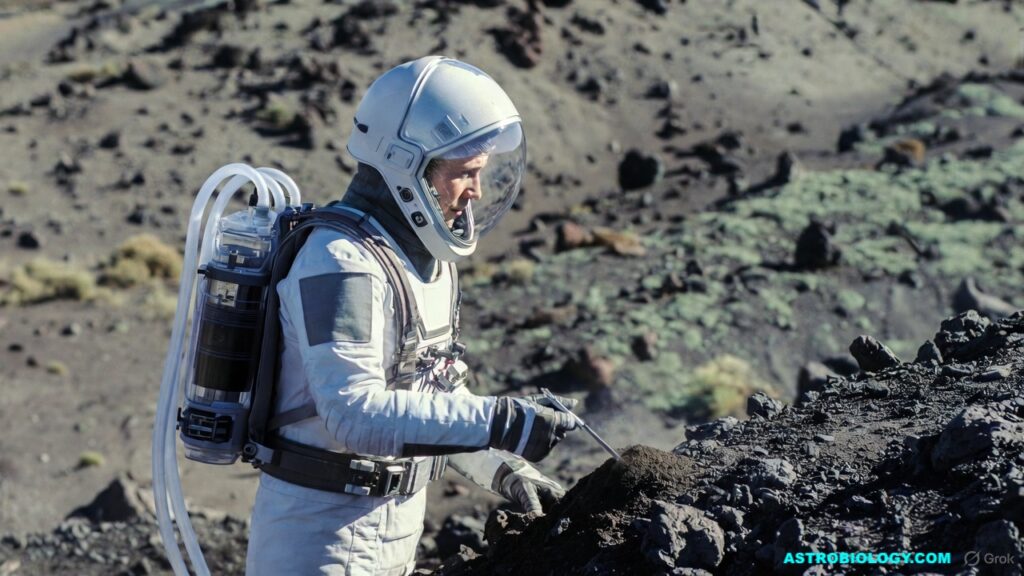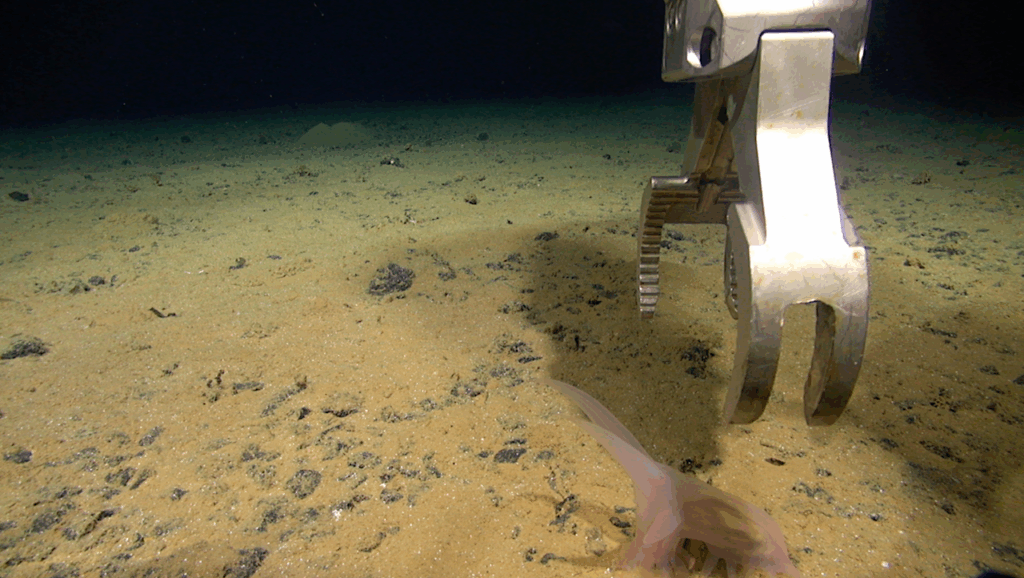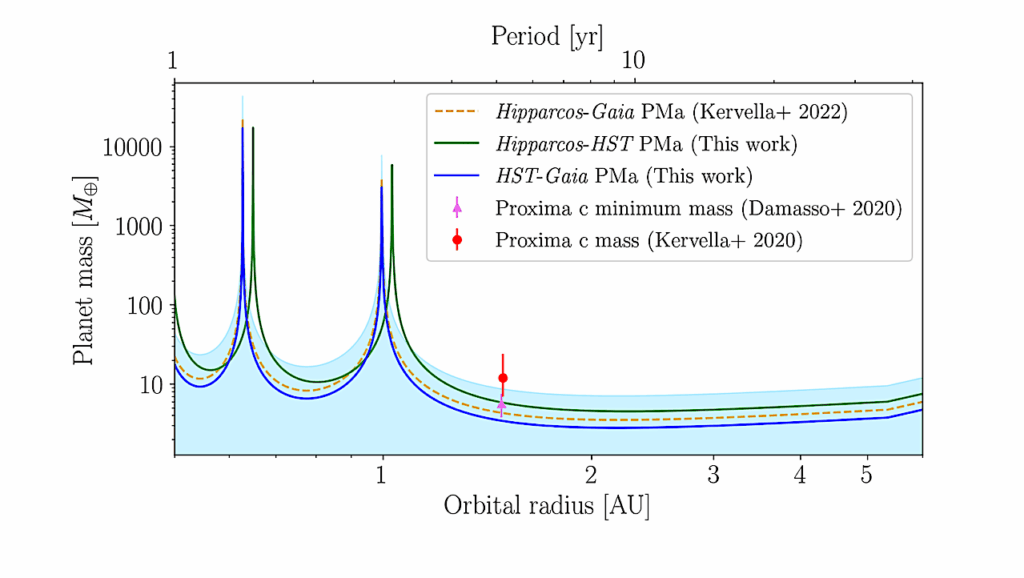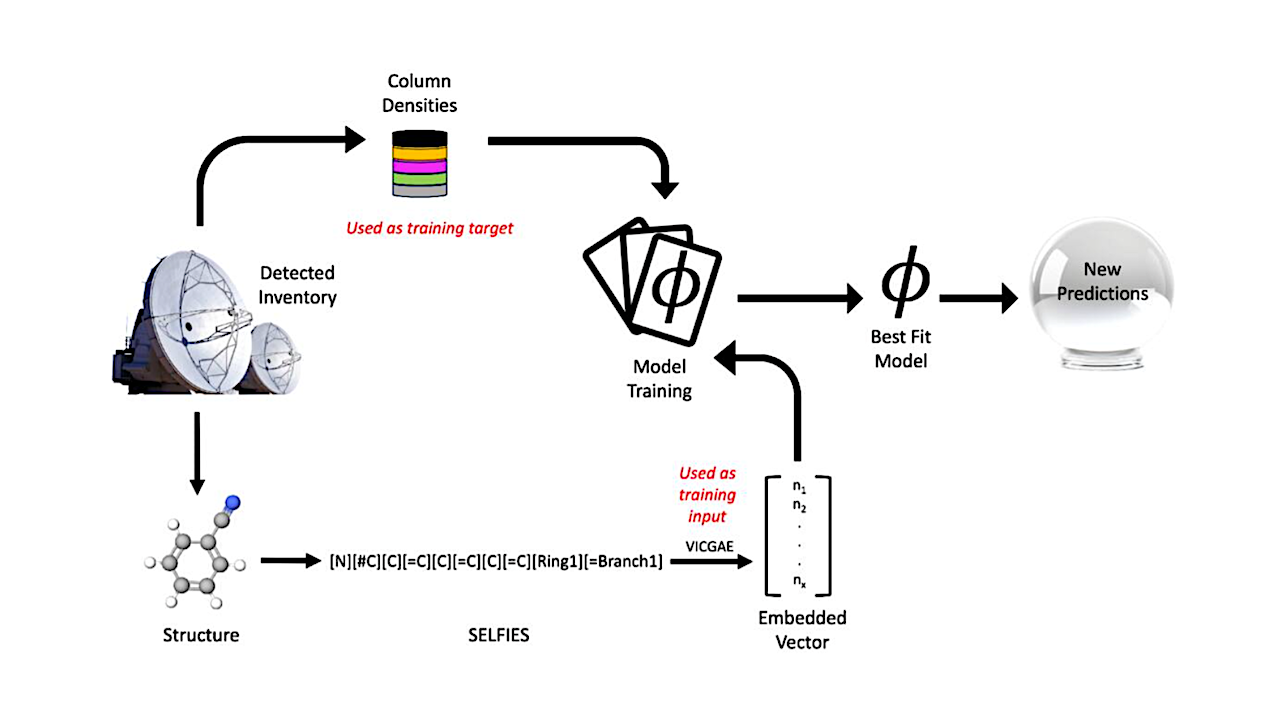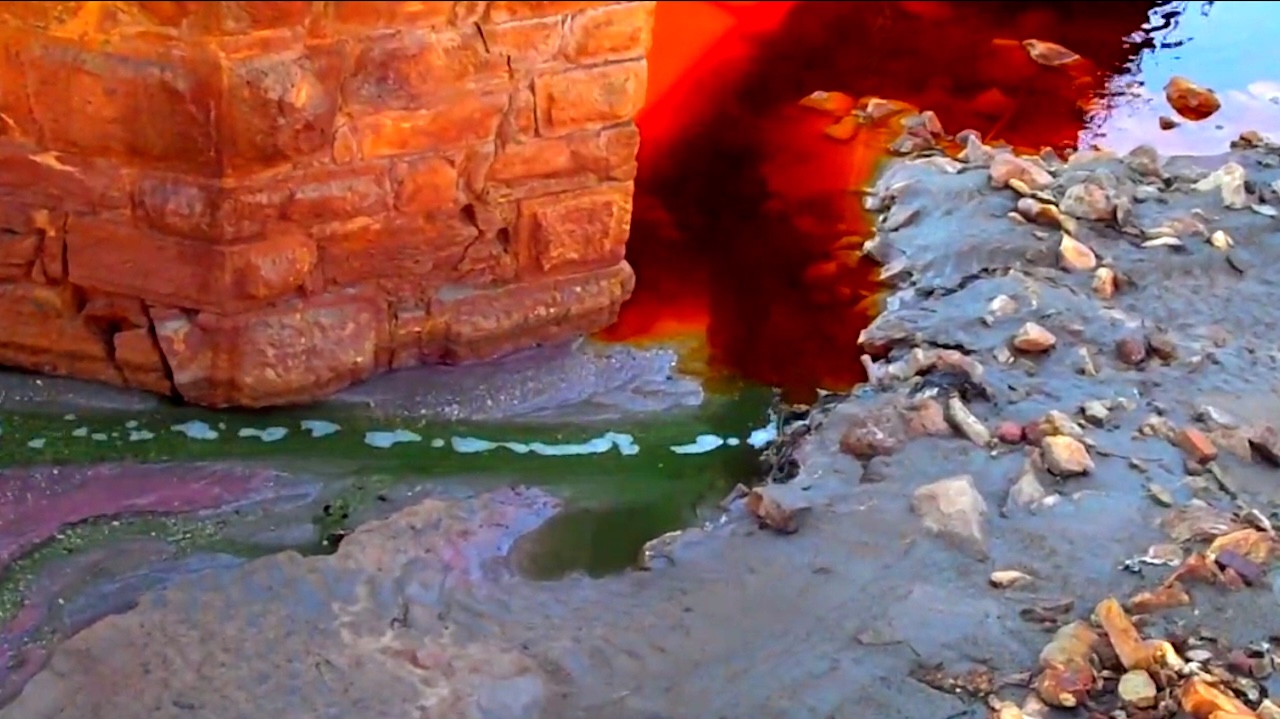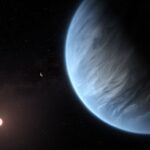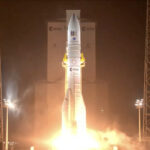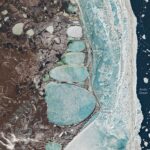Now Reading: Water-group Ion Irradiation Studies Of Enceladus Ice Analogues: Can Radiolysis Account For Material In And Around The South Polar Plume?
-
01
Water-group Ion Irradiation Studies Of Enceladus Ice Analogues: Can Radiolysis Account For Material In And Around The South Polar Plume?
Water-group Ion Irradiation Studies Of Enceladus Ice Analogues: Can Radiolysis Account For Material In And Around The South Polar Plume?
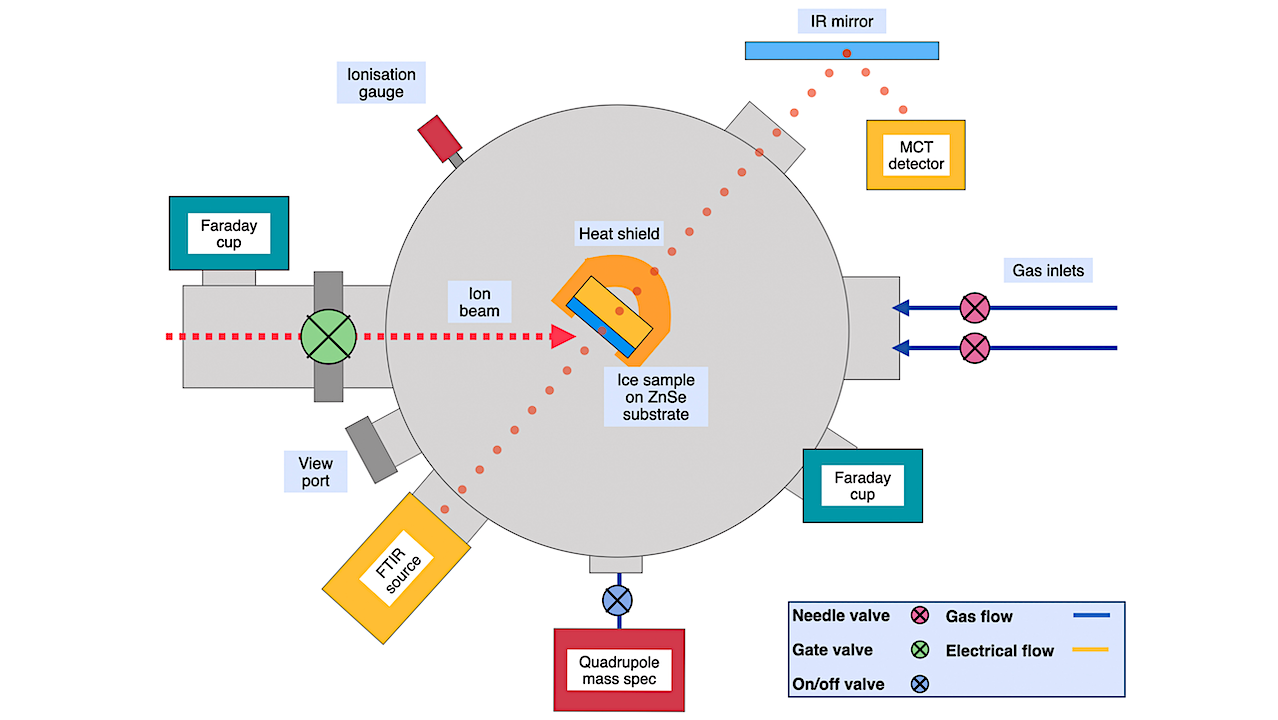

Schematic diagram of the AQUILA chamber. Science Direct
Saturn’s magnetosphere contains trapped plasma and energetic charged particles which constantly irradiate the surface of Enceladus.
In this study, we exposed Enceladean surface ice analogues containing H2O, CO2, CH4, and NH3 to water-group ions (e.g., O+, O3+, OH+, and H2O+) having energies between 10 and 45 keV with the aim of exploring the chemical evolution of these ices and characterising the extent to which the surface material on Enceladus is weathered by Saturn’s radiation environment.
Each irradiation process was monitored in situ using Fourier-transform mid-infrared transmission absorption spectroscopy, and post-irradiative warming of the ices was performed to better characterise complex organic molecules formed as a result of the mobilisation of radiolytically generated radicals.
Irradiation resulted in the formation of CO, OCN−, and NH4+ in all experiments, and the radiolytic formation of formamide, acetylene, acetaldehyde, and hydroxymethyl radicals was also tentatively suggested in most experiments. Post-irradiative warming of the ices resulted in the formation of carbamic acid, ammonium carbamate, and an alcohol species. Although many of these products have not been previously observed on Enceladus’ surface, some have been detected in Enceladus’ plumes.
Since our results demonstrate that the radiolytic formation of these molecules can occur over timescales similar to the exposure times of plume and surface material to magnetospheric radiation, questions must be raised as to whether such material originates directly from the subsurface ocean or is instead formed within the radiation-rich space environment.
Water-group ion irradiation studies of Enceladus ice analogues: Can radiolysis account for material in and around the south polar plume?, Science Direct (open access)
Astrobiology, Astrochemistry,
Stay Informed With the Latest & Most Important News
Previous Post
Next Post
-
 012024 in Review: Highlights from NASA in Silicon Valley
012024 in Review: Highlights from NASA in Silicon Valley -
 02Panasonic Leica Summilux DG 15mm f/1.7 ASPH review
02Panasonic Leica Summilux DG 15mm f/1.7 ASPH review -
 03From Polymerization-Enabled Folding and Assembly to Chemical Evolution: Key Processes for Emergence of Functional Polymers in the Origin of Life
03From Polymerization-Enabled Folding and Assembly to Chemical Evolution: Key Processes for Emergence of Functional Polymers in the Origin of Life -
 04How New NASA, India Earth Satellite NISAR Will See Earth
04How New NASA, India Earth Satellite NISAR Will See Earth -
 05And Thus Begins A New Year For Life On Earth
05And Thus Begins A New Year For Life On Earth -
 06Astronomy Activation Ambassadors: A New Era
06Astronomy Activation Ambassadors: A New Era -
07SpaceX launch surge helps set new global launch record in 2024












